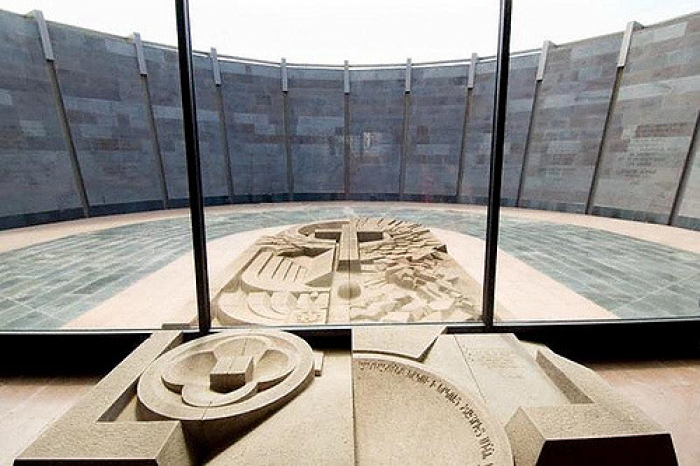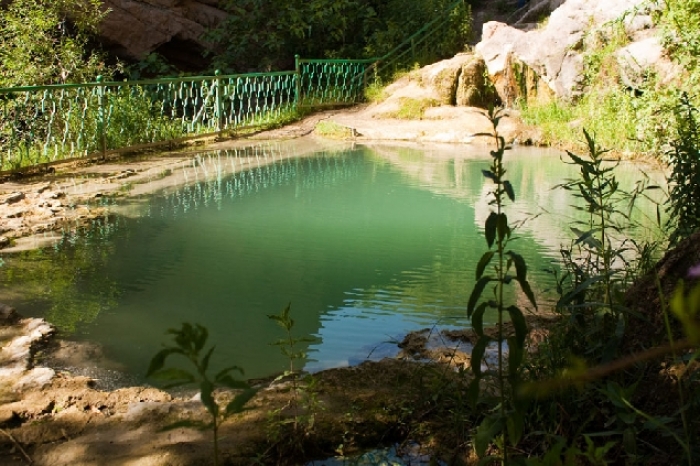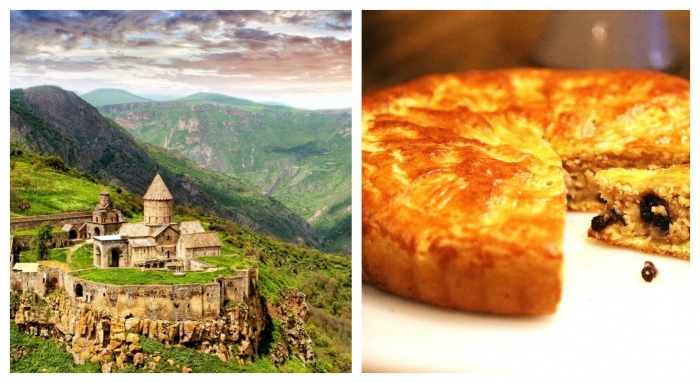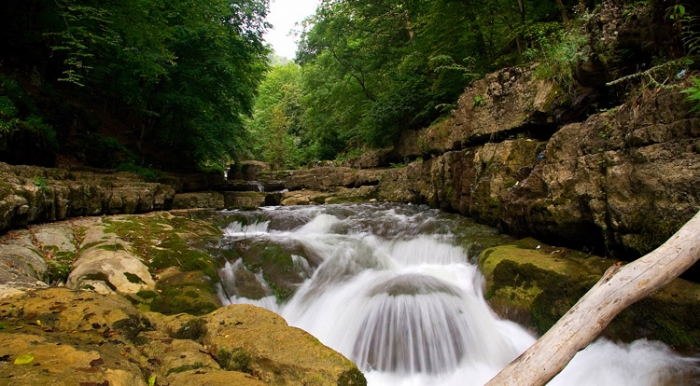Country Overview
The Republic of Armenia is a mountainous country of volcanic peaks and fast flowing rivers. Formerly being a commercial hub along the Great Silk Road, Armenia it is located in the southern Caucasus, between the Black sea and the Caspian Sea. Located in Western Asia, it is bordered by Turkey to the west, Georgia to the north, the de facto independent Nagorno-Karabakh Republic and Azerbaijan to the east, and Iran and the Azerbaijani exclave of Nakhijevan to the south.
The flag of Armenia was approved on the 24th of August, 1990
Red color:symbolizes the blood shed by Armenians in the defence of their country;
Blue color:symbolizes the will of the people of Armenia to live beneath peaceful skies;
Orange color:symbolizesthe creative talent and hard-working nature of the people of Armenia;
Capital (and largest city) |
Yerevan – population 3,018,854 |
Official languages |
Armenian is the official language in Armenia, which is an independent branch of the Indo-European language family. The Armenian has its own unique script and was restored in 405 by MesropMashtots. They also speak Russian. |
Religion |
Armenia has its own church, the Armenian Apostolic Church, which most Armenians follow. The largest religious minority is composed of new converts to Protestant and Non-Trinitarian Christianity (1.3%). Non-Christian religions such as Yazidism and Islam are small. There is a growing ethnic religious ("pagan") movement, Hetanism. |
Government |
Armenia gained independence from the Soviet Union in 1991 September 21st. |
Area |
29,743 km2 |
Population |
Ethnic Armenians make up 97.9% of the population. Yazidis make up 1.3%, and Russians 0.5%. Other minorities include Assyrians, Ukrainians, Pontic Greeks (here usually called Caucasus Greeks), Kurds, Georgians, and Belarusians. There are also smaller communities of Vlachs, Mordvins, Ossetians, Udis, and Tats. Minorities of Poles and Caucasus Germans also exist though they are heavily Russified. |
Government |
Presidential Republic |
Geography |
Armenia is a landlocked country in the Transcaucasia region, between the Black and Caspian Seas, bordered on the north and east by Georgia and Azerbaijan and on the south and west by Iran and Turkey. The terrain is mostly mountainous and flat, with fast flowing rivers and few forests but with many trees. The climate is highland continental: hot summers and cold winters. The land rises to 4,095 m above sea-level at Mount Aragats. |
Climate |
The climate in Armenia is markedly continental. Summers are dry and sunny, lasting from June to mid-September. The temperature fluctuates between 22 and 36 °C (72 and 97 °F). However, the low humidity level mitigates the effect of high temperatures. Springs are short, while autumns are long. Autumns are known for their vibrant and colorful foliage. Winters are quite cold with plenty of snow, with temperatures ranging between −10 and −5 °C (14 and 23 °F). |
Currency |
Armenian National currency is Dram (AMD). All payments are made in Drams on the territory of Armenia. Among foreign currencies the most wide-spread are USD, EUR. Cash is the preferred method of payment. |
Time zone |
UTC (UTC+4) |
Main rivers |
Akhurian River (205km), Vorotan River (179km), Araks River (158km), Hrazdan River (146km) |
Main lakes |
Lake Akna, Lake Arpi, Lake Ayger, Lake Kari, Lake Lessing, Lake Parz, Lake Sevan, Yerevan Lake |
Public holidays |
1–2 January – New Year’s Day6 January - Christmas Day7 January - 28 January28 February - The day of memory of victims of massacres organised in Azerbaijani SSR and protection of rights of refugee Armenian population8 March - International Womens’ Holiday7 April - The day of Maternity and Beauty24 April - Genocide Remembrance Day1 May - International Workers' Day8 May - Country keeper's day9 May - Victory and Peace Day28 May - Republic Day5 July - Constitution Day21 September - Independence Day5 October - Teacher's Day |
Calling code |
+374 |









